Historic homes are just that – a house filled with history, character, and unique quirks. These qualities are what sets them apart from new construction, such as a modern craftsman home or ranch style house. But, buyers beware, owning a historic home isn’t always as easy and breezy as maintaining a newly constructed one. Though a historic home can certainly be breezy.
There are a few things to keep in mind when it comes to buying and maintaining a unique, old home. Depending on the condition the home is in, the amount of work and money required to maintain a historic home can vary widely. So whether you are making a little slice of history yours in Alexandria, VA, or you want to learn how to preserve your older Victorian style home in San Francisco, CA, read on to find out everything you need to know about buying and preserving historic homes.
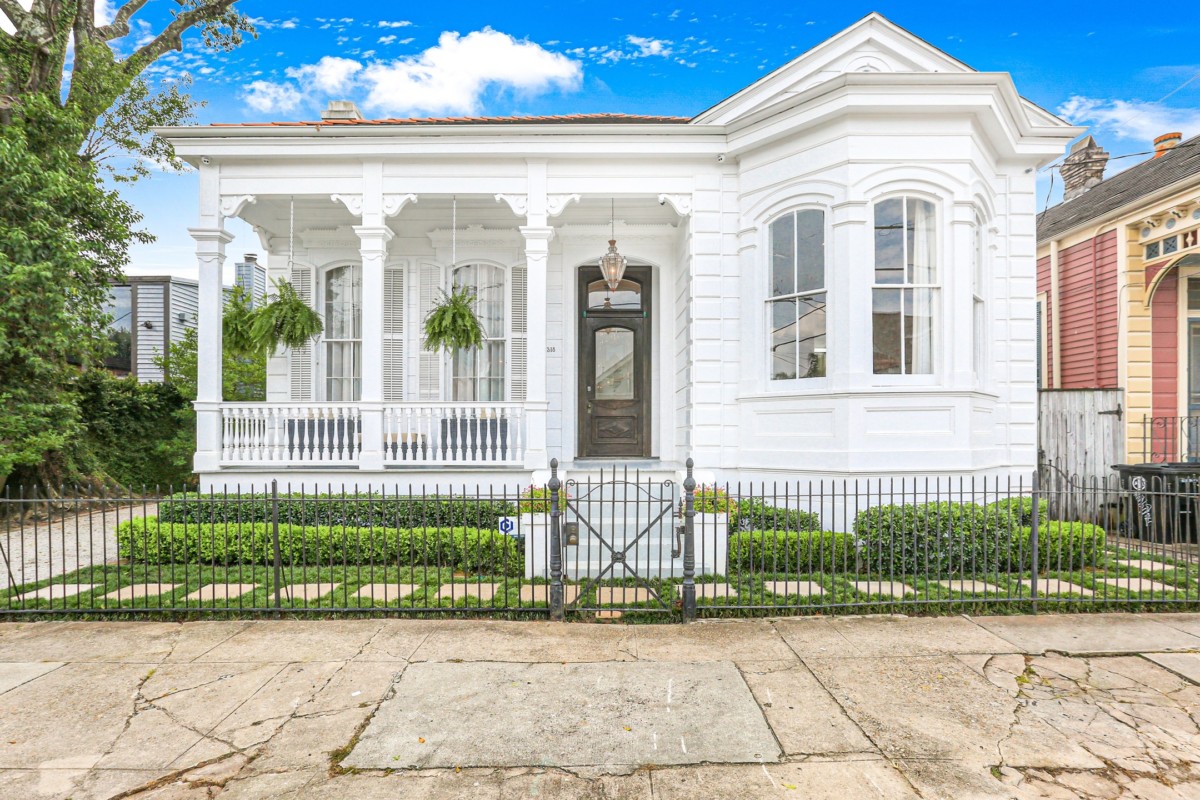
What is a historic home?
While all historic homes are old, not all old homes are considered “historic.” A house needs to meet certain specifications to be classified as a historic home and is designated by the National Park Service. The National Register of Historic Places is a federal list of homes that are classified as “historic,” although states and local municipalities can also designate homes as historic.
For a home to qualify on the National Register of Historic Places, it must meet certain criteria: age, integrity, and significance.
Age and integrity: The property must be at least 50 years old and still looks the way it did when it was first constructed.
Significance: When determining if your home is considered historic, you’ll need to answer yes to at least one of the following questions.
- Has the property played a significant role in creating or defining the country’s history? Or did a crucial event occur there?
- Was it home to an important person or group of people?
- Does it have historic architectural significance? Is it an example of a historic style or was constructed by a prominent architect?
- Has it been a source of historical information about a state or town or has potentially important information?
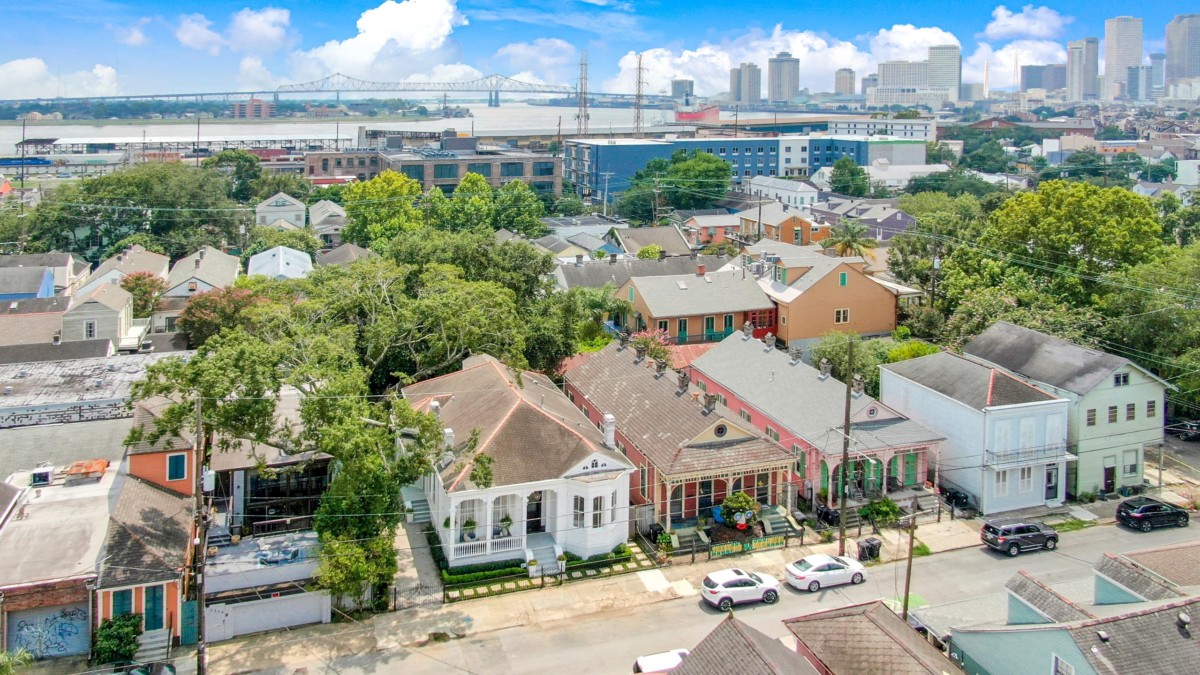
What are historic districts?
Many historic homes and buildings are located in historic districts, such as the French Quarter in New Orleans, LA, or Jackson Square in San Francisco, CA. Historic districts can be designated by the federal government and at the state or local level. Not all homes in historic districts are “historic” but may qualify if they are part of a group of historic buildings. Similarly, a home may be part of a historic district, but not qualify for any historic status.
If you are planning to buy a home in a historic district, there may be restrictions on what you can do to the exterior of your home. This may include choices for paint color, window type, and renovations. For exterior updates, you’ll likely need a permit. Historic districts that are only listed on the National Register of Historic Places don’t limit what you can do to your home’s exterior, however, state or local registries may have more restrictions. It’s best to check with your local planning department for a district’s specific guidelines.
Even though you may be limited in how you design your home’s exterior, historic districts tend to have steadier property values due to neighborhood associations’ involvement in preserving the area. Keep in mind that the housing market is ever-changing and property values aren’t guaranteed to stay the same.
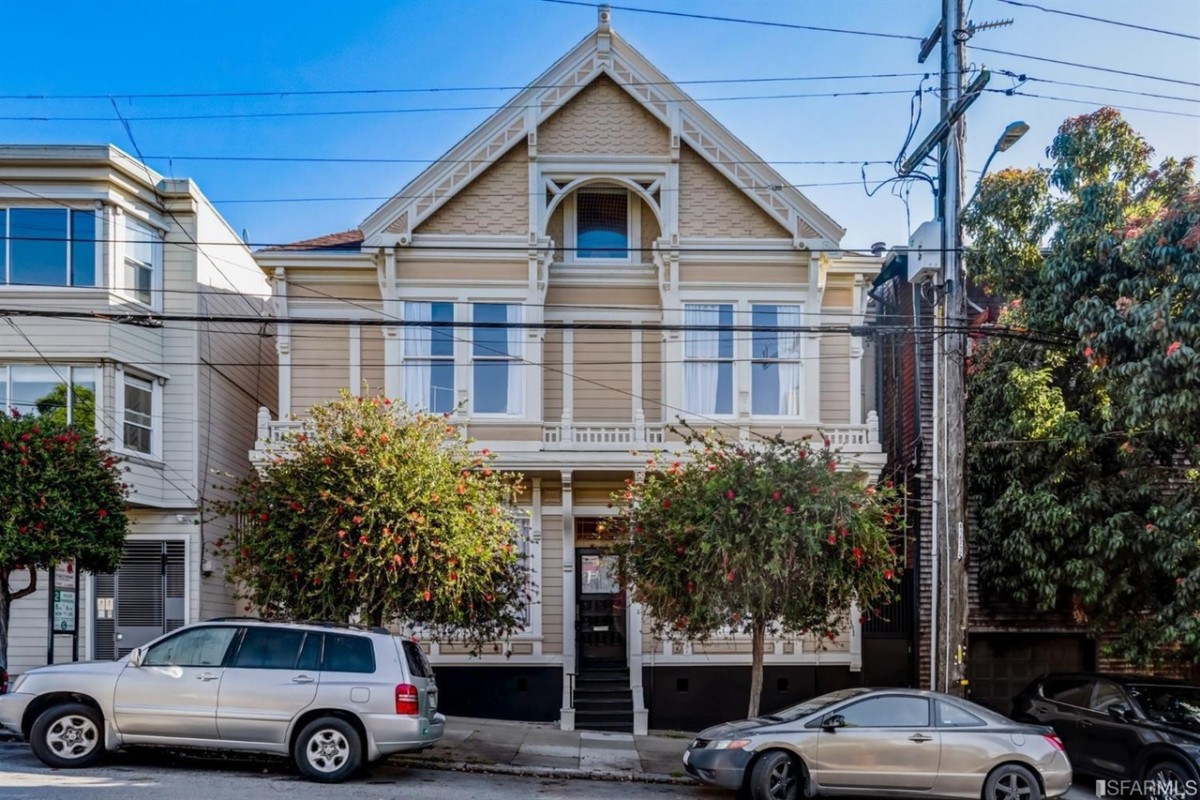
What to keep in mind when buying a historic home
While buying a historic home isn’t considerably different from buying a regular home, there are a few points to consider which makes the process a little more complicated. Here’s what you need to know before buying a historic home.
Getting financing and insurance can be more difficult
Getting a mortgage for a historic home may seem like it would be the same as the standard home buying process. However, there are a few things to keep in mind as you navigate the mortgage application process. Depending on where the home is located, there may be fewer available lenders or they may charge higher interest rates for the loan. Additionally, if you plan to get a VA loan or FHA loan, historic homes may not qualify if they require extensive repairs. In turn, you may need to show proof of funding for those repairs before the loan is approved.
Insurance companies may be reluctant to sell you a policy based on the assumption that replacement costs are higher for historic homes. But this is not always the case, particularly if your home is only federally registered and free of restrictions. Keep in mind you may have to spend some extra time shopping around for homeowners insurance.
Understand historic preservation easements
A historic preservation easement is a voluntary legal agreement that helps protect the historical integrity of a home in perpetuity. This easement allows a qualified preservation organization or government agency to place restrictions on what can be done with a property to help preserve it. Historic preservation easements typically require future owners to adhere to the rules set out in the agreement. Before purchasing a historic home, find out if an easement is already in place, what it entails, and who holds it.
Tax implications of owning a historic home
Generally speaking, you’ll have the same property tax obligations that you would if you were buying a newer construction home. However, you may qualify for the Federal Historic Preservation Tax Incentives Program which may offer you a tax credit for rehabilitating a historic home. Additionally, you may qualify for a tax deduction if you have a historic preservation easement. Speak with a tax professional that is familiar with local, state, and federal laws to understand what you may qualify for.
Home inspections are a critical step
When buying any home, getting a home inspection is a critical step. A home inspection will reveal any issues with the property – ranging from structural damage to termite infestations. And home inspections are particularly important when purchasing a historic home as there may be more issues. It’s important to find an inspector that has experience with older homes as they are more prone to have lead paint or asbestos.
Expect the home to need maintenance
There’s a reason historic homes last – they tend to be structurally sound. But if your home needs extensive repairs, costs can add up. Make sure that you’ve budgeted enough for unexpected and costly repairs once you purchase the home, and for years to come. You don’t want to be caught off guard by repair or replacement costs if critical maintenance is needed.
Keep in mind that depending on how much oversight the historic districts have, you may need to apply for a permit to renovate or conduct extensive maintenance on your home. Some State Historic Preservation Offices (SPHO) offer grants or tax programs for homeowners looking to buy a historic home, which may offset extra costs.
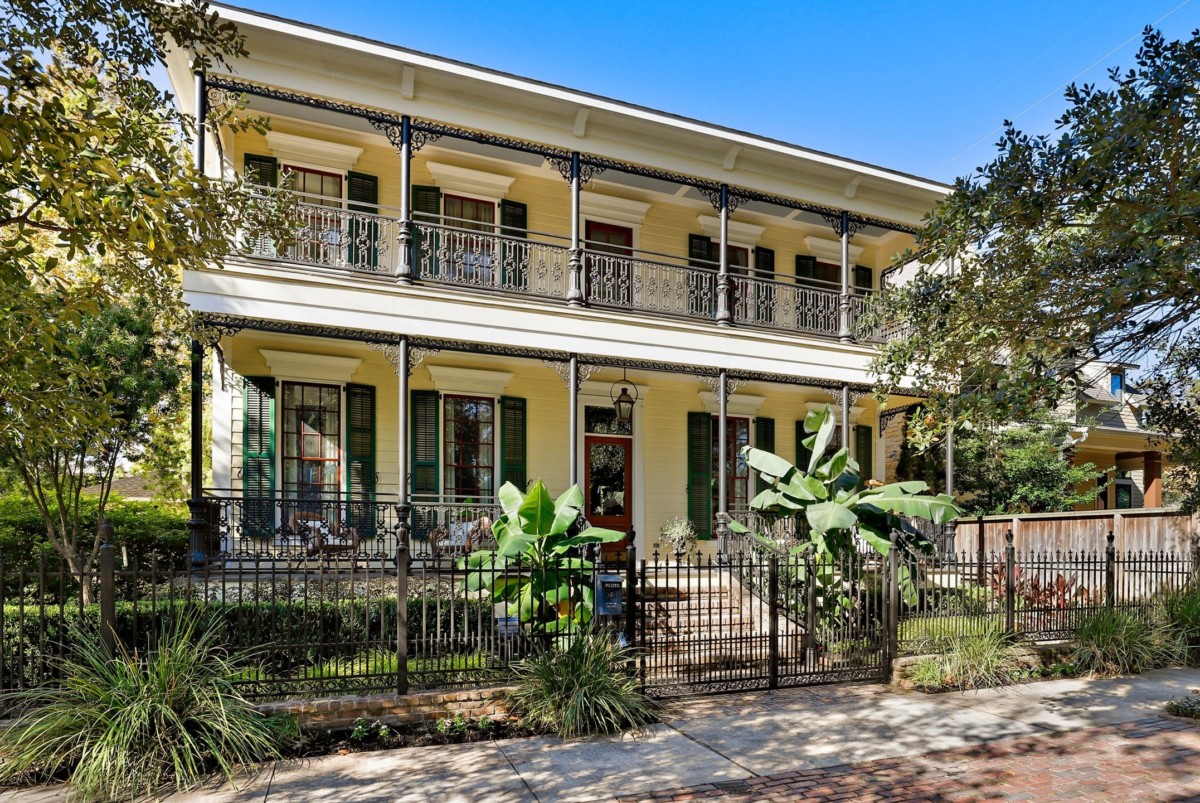
7 tips for preserving historic homes
Historic homes are unique compared to more modern homes and therefore, require more careful maintenance and preservation. Here are seven tips to keep in mind when preserving or making updates to your historic home.
1) Schedule regular maintenance
Keeping a regular maintenance schedule makes a critical difference in preserving important features of your historic building. Older buildings require certain tasks on the inside and outside to avoid unnecessary damage, including cleaning, waxing, and painting.
2) Minimize repairs
Maintaining proper maintenance can minimize the need for repairs, but eventually, something in your home will need fixing. You’ll need to be careful when repairing certain styles of wood, tile, brick, or mortar. Keep in mind that duplicating architectural details is often difficult and expensive, while many historic moldings, trims, and flooring are often irreplaceable. If damage occurs, make repairs quickly to minimize the extent of the problem while staying true to the original appearance.
3) Keep eccentric details
One of the most appealing aspects of historic buildings is the fact that they possess a different interior from contemporary homes. Chances are, you can tell your home is old by looking at details like uneven floorboards or improperly centered windows. However, this doesn’t mean you need to fix these oddities as they preserve the architectural and historic value of the home.
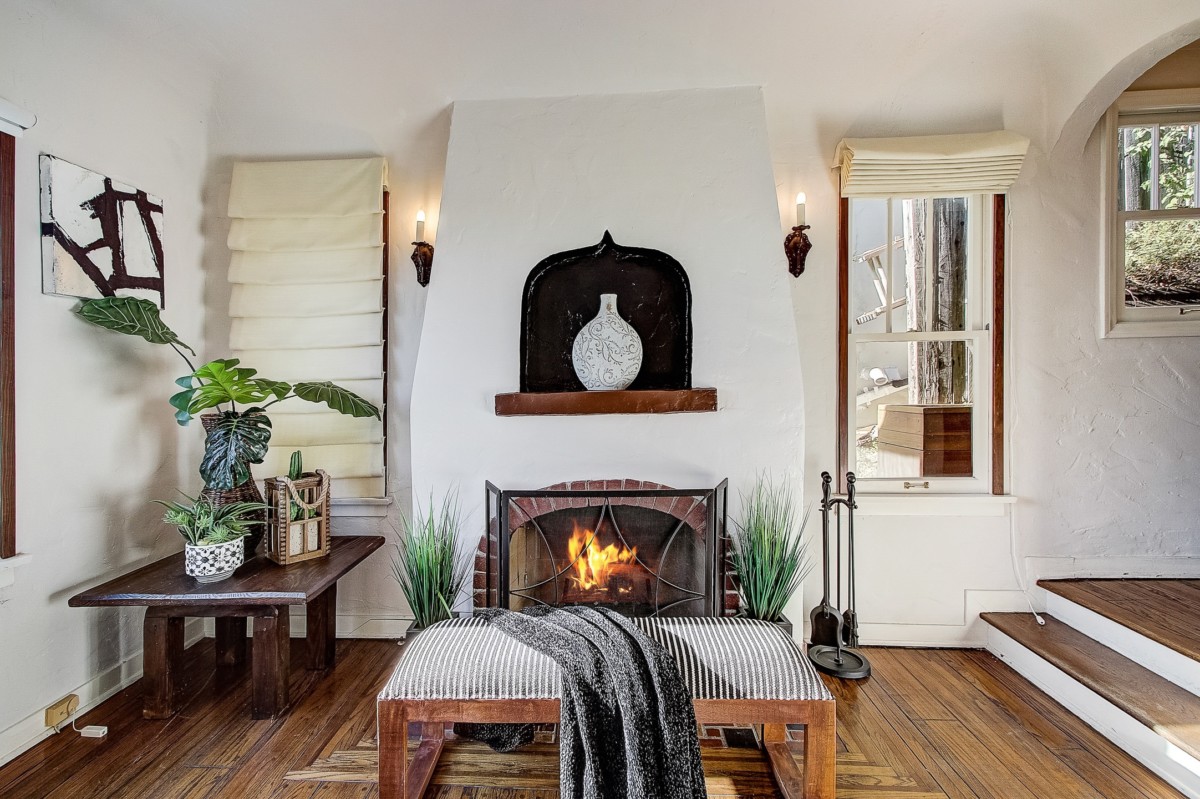
4) Maintain wooden floors properly
Most older homes are constructed with hardwood flooring. Due to their age, the floors often experience damage of many sorts, including scratches, dents, and stains. While sanding can easily lift away visible signs of this damage, too much sanding can reduce the longevity of the floors. It’s better to embrace minor imperfections than destroy the integrity of the floor. However, if your flooring is in need of repair, it’s best to sand the floors by hand rather than with a machine.
5) Avoid replacing plaster walls
Plaster walls aren’t used in construction the way they once were, but they are superior to drywall. They absorb sound better and are more water-resistant. If your plaster walls are damaged, it’s better to have them repaired by a professional than replaced with drywall.
6) Undertake masonry repairs carefully
Older bricks are not constructed the same as modern bricks – today’s bricks can handle the weight of modern cement while older bricks can’t. If your home’s bricks need to be repaired, it’s best to hire a professional mason as they are more experienced with the type of mortar needed for repairs.
7) Remodel with architectural compatibility and historic home elements in mind
Historic houses can often be on the smaller side, and you may eventually want to build an addition. If restrictions allow, you’ll want to build your addition to complement your existing structure – choosing a compatible size and architectural style. Older homes have many unique features from winding staircases and full-size attics to root cellars, all of which provide character, so it’s important to reflect these themes in new additions.
The same goes for any remodels inside the existing home. Small details like window trims, chair rails, and decorative doors provide a look into the past. Carefully consider any upgrades or renovations so you can preserve these unique features.
Buying and preserving a historic home can be a rewarding experience – especially if you’re dreaming of owning a piece of history. However, it’s important to keep in mind the maintenance time and costs required to keep your home in the right condition. But for the right person, owning a historic home may just be the perfect decision.
The post Buying a Historic Home? What to Know Before Buying and How to Preserve it appeared first on Redfin | Real Estate Tips for Home Buying, Selling & More.
